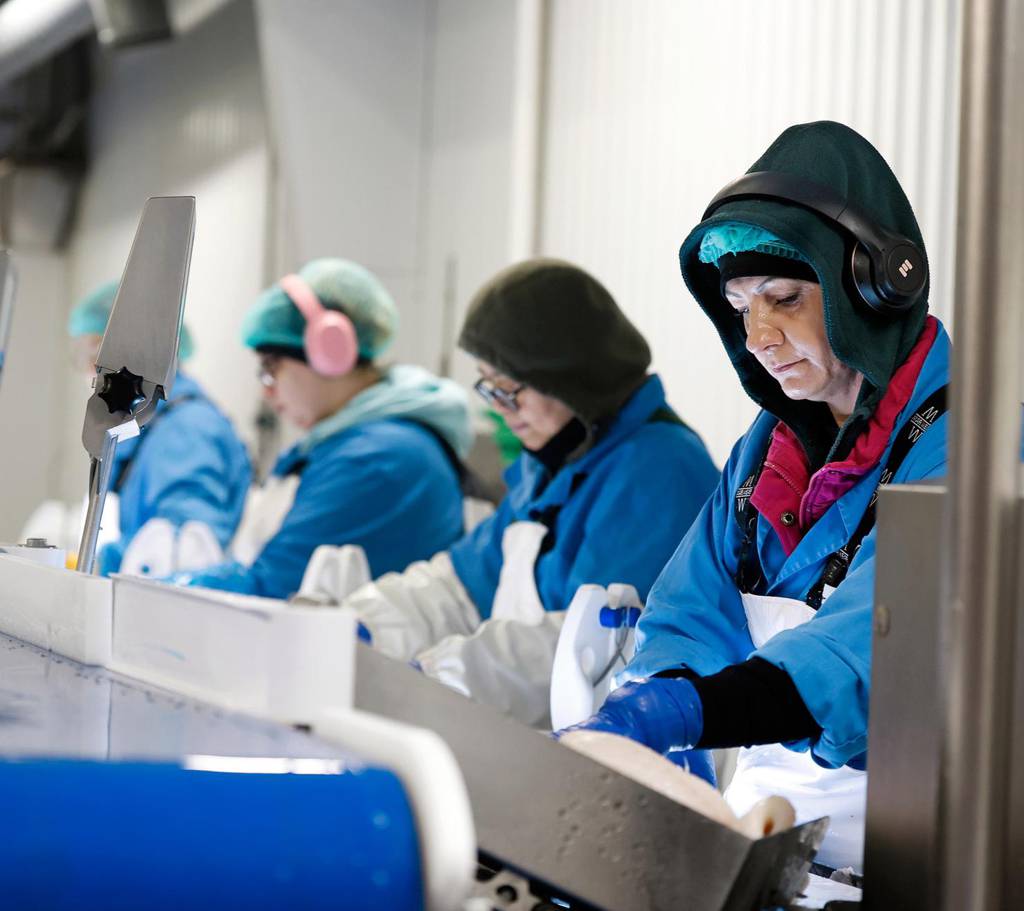Destruction and creation of clay and color

Empty color bursts, primordial lava landscapes, broken forms of life. Brian Rochefort’s ceramics do not look like anything we are used to. Born in Rhodes Island, USA in 1985, the artist creates clay works from his teenage years and has managed to sculpt a completely his own artistic language: a hybrid of natural landscape and science fiction, which « breathes » through dipoles: explosion. Random and strictly controlled. Chaos and harmony.
In his second solo exhibition in Athens, Brian Rochefort invites us to cross the boundaries of traditional ceramic art, highlighting a unique language where chaos becomes the canvas for an organic but carefully controlled creative process by giving up inspiration.
Speaking to « NEWS » he reveals that his works are at the same time testimonies of natural power and human intervention, highlighting the need to protect the natural landscapes that have left indelible signs in his creative course. Rochefort invites us to explore this transformative process with him, where the result looks like it has emerged from the depths of the earth and at the same time reflecting a cosmogenic beauty. With his separate works, the artist wants to tell a story of creation and regeneration, which causes the viewer to revise the boundaries of the familiar and to discover the unrealistic in everyday life.
What are the characteristics of the work you present at your second exhibition in Athens? How is it different from the previous one?
Since my latest report, the main focus of my work is the evolution of the form and the surface – it is an extension of older motifs and not a deviation from them.
Your sculptures look like volcanic masses full of color and intensity. What role does the process of « destroying » your work play and how does this mess contribute to the end result?
The glass process may seem chaotic and unplanned, but each step is carefully controlled. I like to create projects that look like they are broken or accidental, but in reality they are made with absolute precision. My works have evolved from my visits to huge openings of the earth, which by their nature represent both destruction and creation.

You have mentioned that your art is inspired by your travels in remote natural areas of the world. What is the connection you feel with nature and how does this relationship affect your creative process? Has your visit to Greece in your work left a footprint and, if so, what is it?
Since clay is a fundamental component of the earth and is created by the erosion of the rocks, I evaluate and process its characteristics, giving life to my experiences through color, texture and form. These are not direct representations, but abstract memories.
I visited three parts in Greece: Athens, Santorini and Crete. Crete was the one that remained more in my memory, with the most beautiful spot being the Samaria Gorge. Santorini is technically a crater, but I didn’t enjoy it the same (haha). I would very much like to visit more places in Greece, as they are one of my favorite areas in Europe.

Your work combines natural with the abstract, with the surfaces of your sculptures reminiscent of natural phenomena. Do you think your work reflects the fragility of the environment and the need to protect our planet?
The most important and influential memory I have is when I saw two Jaguarians on the Benny River. These extremely discreet animals are constantly at risk of hunting for barbaric practices, sometimes only for a few hundred dollars. This behavior is a slaughter of the soul of our species, eroding our connection with the earth and the life it hosts.

Living in Los Angeles, how do the forest fires affect your work in the area? Are there any personal or artistic questions that push you to explore the connection between disaster and regeneration?
The connection between the disaster and the Renaissance existed in my work before the Los Angeles fires and focused mainly on South America, Central America and Africa – and this will continue.
INFO
The Brian Rochefort’s « Erratic Patterns » exhibition at the Bernier/Eliades Gallery, Eptachakou 7 to April 26.
For all the artworks: Marten Elder, LA, USA
General Views: Exhibition View: Brian
Rochefort, “Erratic Patterns”, 13.4.25-26.4.25,
Bernier/Eliades Gallery, Athens | Photo: Boris
Kirpotin






